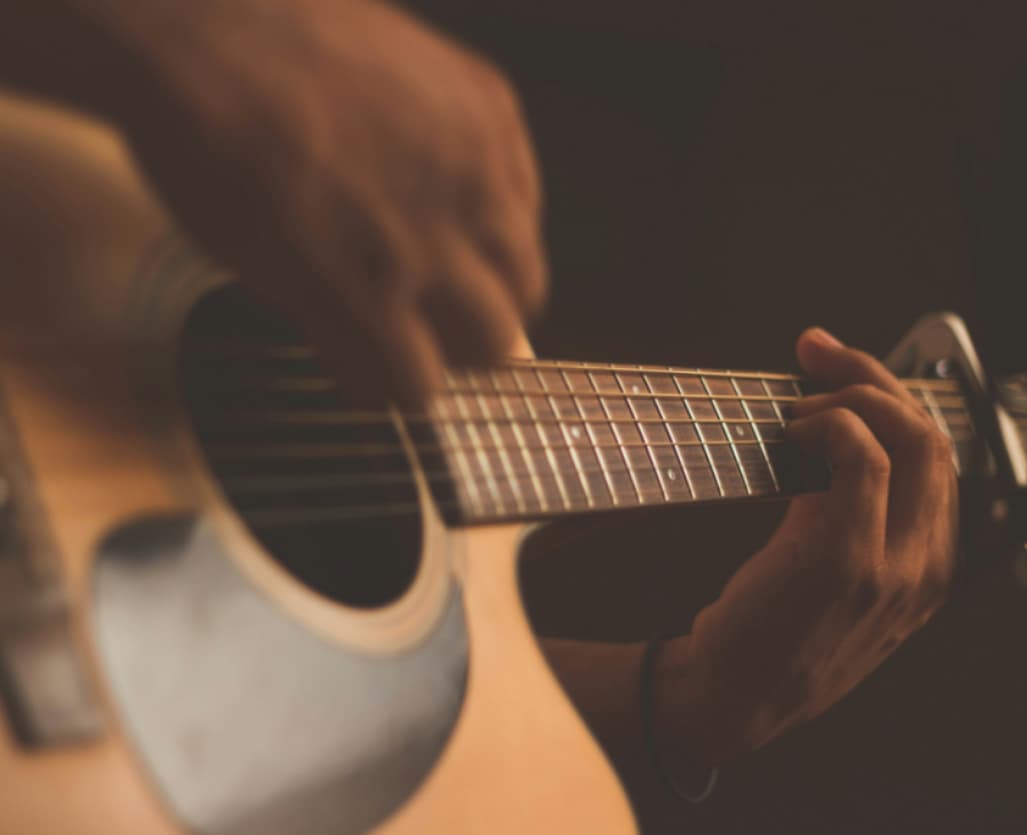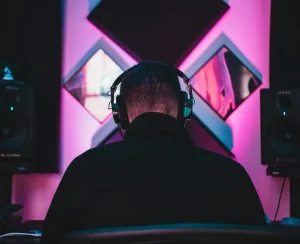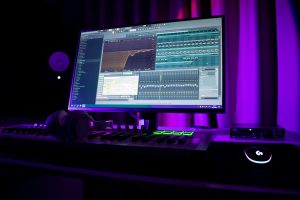Many brilliant musicians do not know musical scores. Learning to read music is invaluable. The best approach to learning this skill is to break it into convenient, digestible parts. At first, sheet music may seem a bit overwhelming with all those lines, symbols, and notes, but one can learn to read music with a little effort.
This article explores how to understand the basics of guitar sheet music, including AI-based apps that can make your learning experience easier.
Music is the universal language, yet musical pieces can only be shared, interpreted, and preserved in written form. Familiarity with sheet music imparts a special kind of liberation to musicians. One no longer has to depend on tutorials or tabs; a musician can merely pick up a score and start playing. This skill also opens a gate to a large library of music that includes many pieces that exist in writing alone-from classics to modern songs.
Learning to read music helps with ensemble playing so that rehearsals and performances can go more smoothly and together. This will polish your growing skills and enhance your musicianship, from practicing better to having a greater awareness of and improvisation of what you are playing.
AI tools nowadays make learning all the easier. They provide instant feedback, guided practice, and interactive lessons that assist a beginner in building firm sheet music skills like never before, and in an engaging waỵ.
Guitar Sheet Music Basics – The Essentials

Learning to read music is a necessary skill for music learners, and mastering the basic six-line knowledge is the key to playing string instruments such as guitar. As a notation method designed specifically for string instruments, the six-line notation is different from the five-line notation in its composition and interpretation.
Although the musical notation system is based on the five-line notation (composed of five parallel horizontal lines, the position of the note determines the pitch, the higher the position, the higher the pitch, the clef such as the treble clef G marks the high-pitched instruments such as violin and piano right hand part, the bass clef F marks the bass instruments such as cello and piano left hand part, and the key signature follows the clef to indicate the note up and down), the six-line notation is designed for string instruments.
It consists of six parallel horizontal lines, corresponding to the six strings of the guitar, from the sixth string to the first string from bottom to top. In the six-line notation, the notes are marked on the corresponding string in the form of numbers, and the numbers represent the frets to be pressed when playing, which intuitively indicates the pitch and playing position.
Although the six-line notation does not have an independent key signature system, it is necessary to combine the chord diagram or name to determine the tonality. Performers often need to choose the tuning method or use a capo to adjust according to the tonality of the song. In terms of rhythm, although the six-line notation does not have a special time signature, performers can grasp the rhythm type and speed through songs or reference scores.

The note value is also important in the six-line notation. The rules of four beats for whole notes, two beats for half notes, one beat for quarter notes, and half beats for eighth notes are consistent with the five-line notation and are implicitly reflected through a combination of numbers or symbols. The lead-in line is used to record extremely high or low notes, and the rest indicates a silence of a specific time value.
Mastering the knowledge of the six-line notation can enable string instrument players to interpret music more accurately and improve their expressiveness and skills.
Step-by-Step: How to Start Reading Guitar Sheet Music
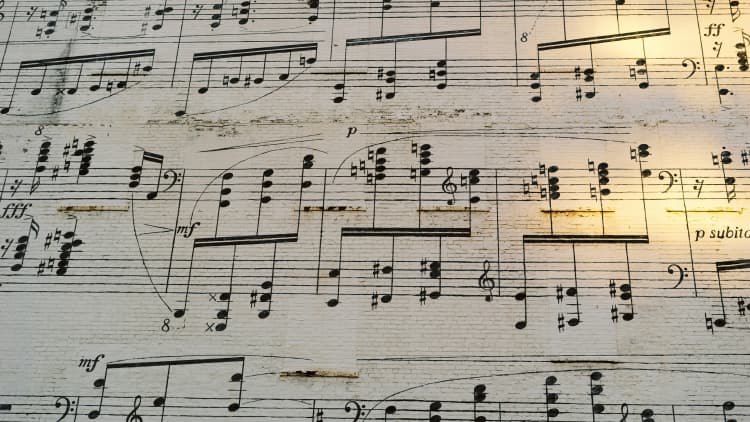
By completely understanding the basics next level is to start reading music step by step. Start by learning the musical alphabet A, B, C, D, E, F, and G. After G, it starts over at A. These letters are used to name the notes.
Next, work on memorizing the notes on the lines and spaces for each clef. Lines for the treble clef are E–G–B–D–F (“Every Good Boy Deserves Fudge”), while the spaces spell out F–A–C–E. In the bass clef, the lines are G–B–D–F–A, and the spaces read A–C–E–G (“All Cows Eat Grass”).
Then, learn the note durations by using simple exercises. Practice identifying notes with flashcards or music apps. Start playing easy songs. Use sheet music with note names and finger numbers, and remove them as you learn better.
Practicing a new music reading for a few minutes is almost always a rhythm exercise, not a perfection test. At the end, clap and count to practice rhythm. Use a rhythm app to help you keep time. With regular practice, reading music gets much easier.
Additional Resources to Keep Learning
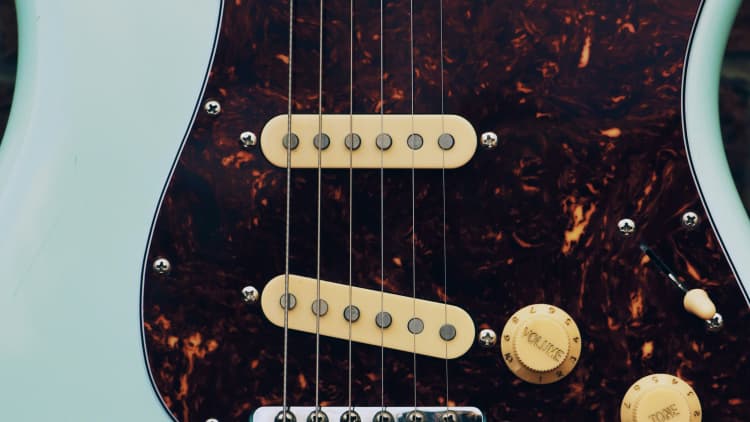
Although learning to read sheet music may take time, there are numerous helpful resources to support your journey. There are different books from which you can seek help, like Guitar Fretboard Workbook, Reading Studies for Guitar, and Modern Method for Guitar.
YouTube channels such as Justin Guitar, Fretello, and Yousician provide the best tutorials. There are also helpful guitar tabs websites like Songsterr and 911Tabs for offer play-along tracks to help you match notation to sound. At the same time, Tempolor is also one of the better AI song makers, where you can combine guitar learning to produce your favourite melodies! Best of all, it’s royalty-free, so you can publish your work on the platform! You can find out what royalty-free music is here
How AI is Enhancing the Way We Learn Guitar Sheet Music
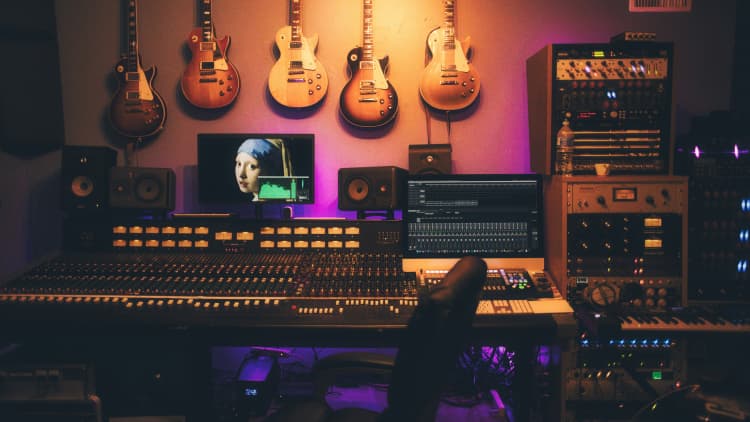
AI music generators are changing music education by making it more accessible for beginners. AI-powered apps like Simply Piano and Flowkey offer real-time feedback by listening as you play, helping you fix mistakes instantly without needing a teacher. Interactive sheet music platforms such as MuseScore and SmartMusic enhance practice by highlighting notes and scrolling automatically as you play, turning learning into a game-like experience.
Furthermore, one of the wonderful features that accompany these AI music companions is that they play in tandem with you, modifying pacing and loudness in real time, thus providing convenience even to someone who learns by themselves. Many other tools like Melody Scanner utilize AI for music transcription or generation, enabling the user to transform a song into musical notations or develop tailored workouts fitting a user’s goal. Thus, it has made learning to read notes and play music a piece of cake.
